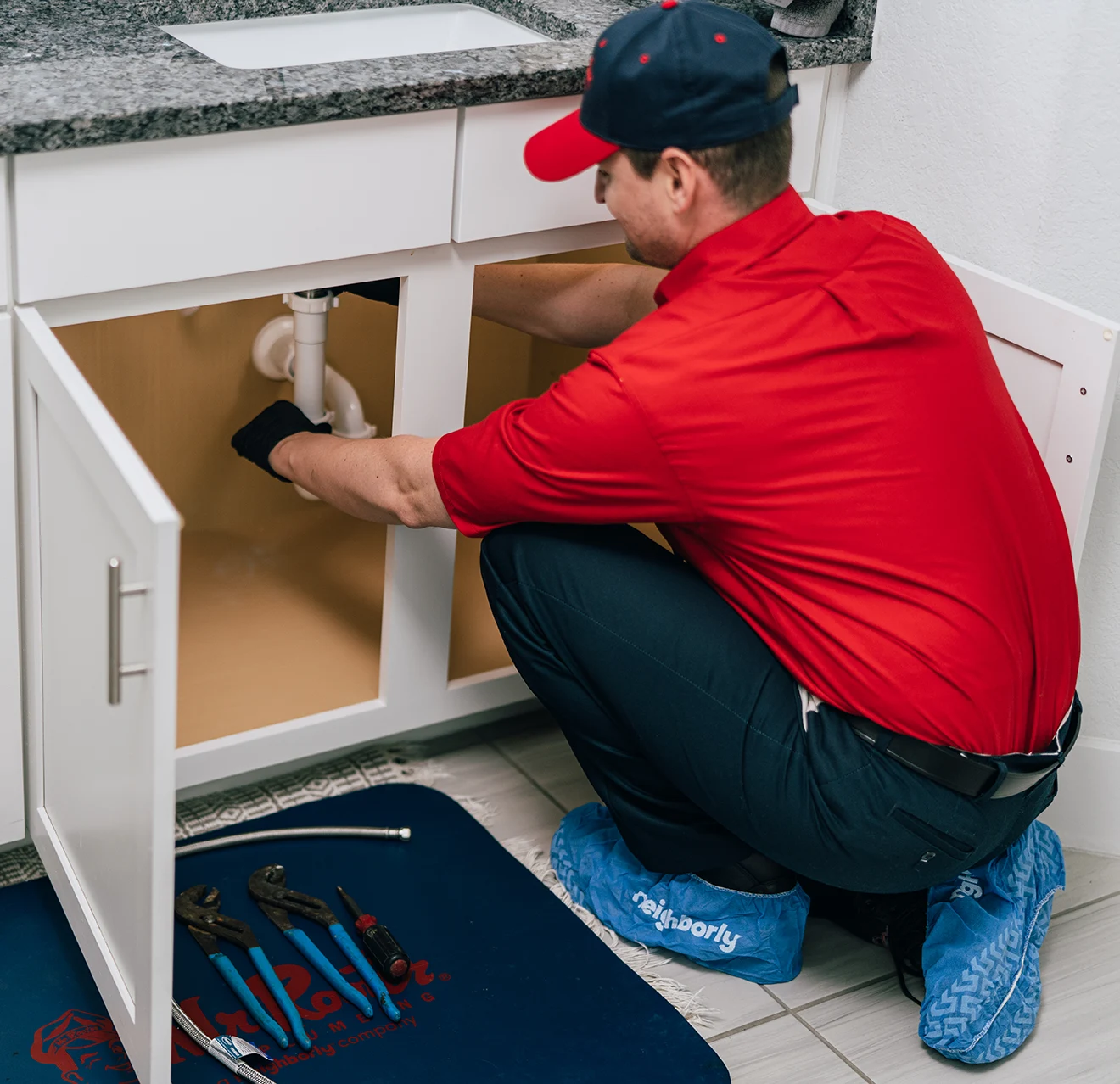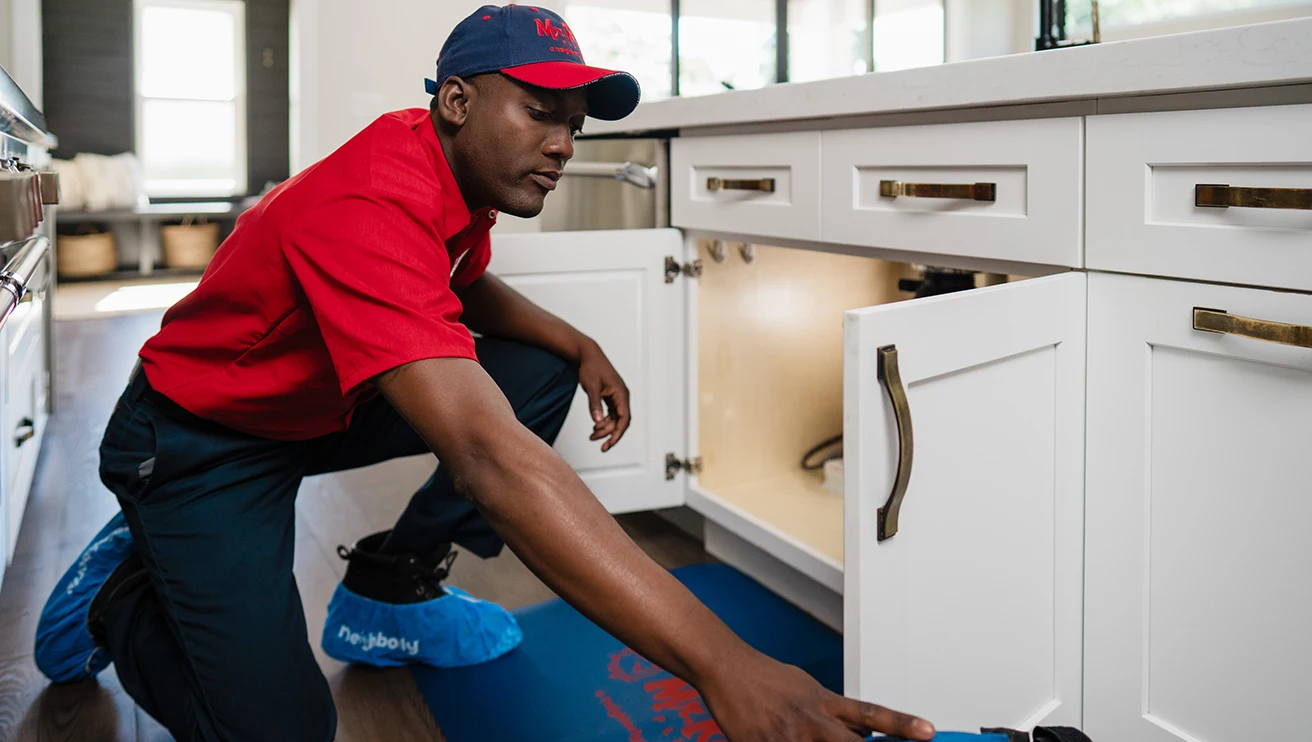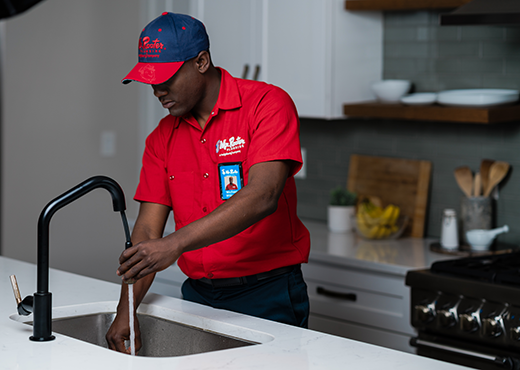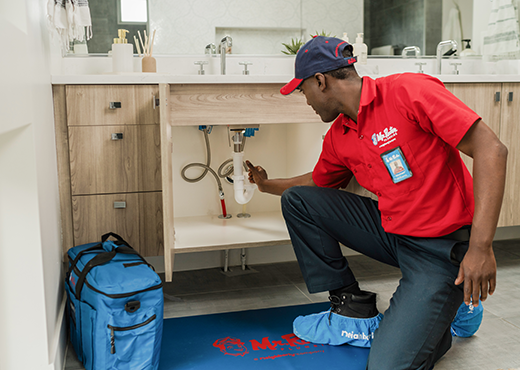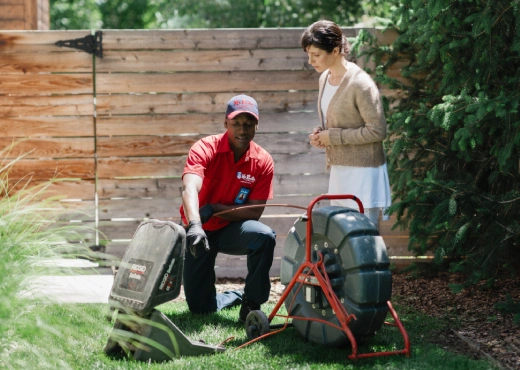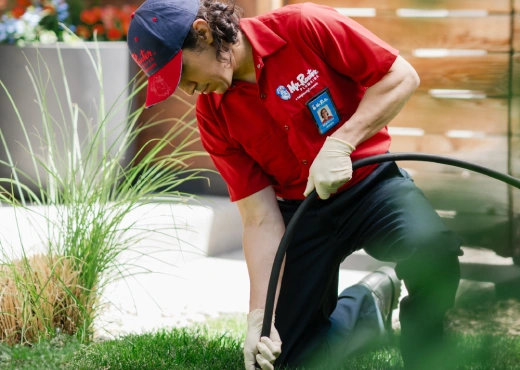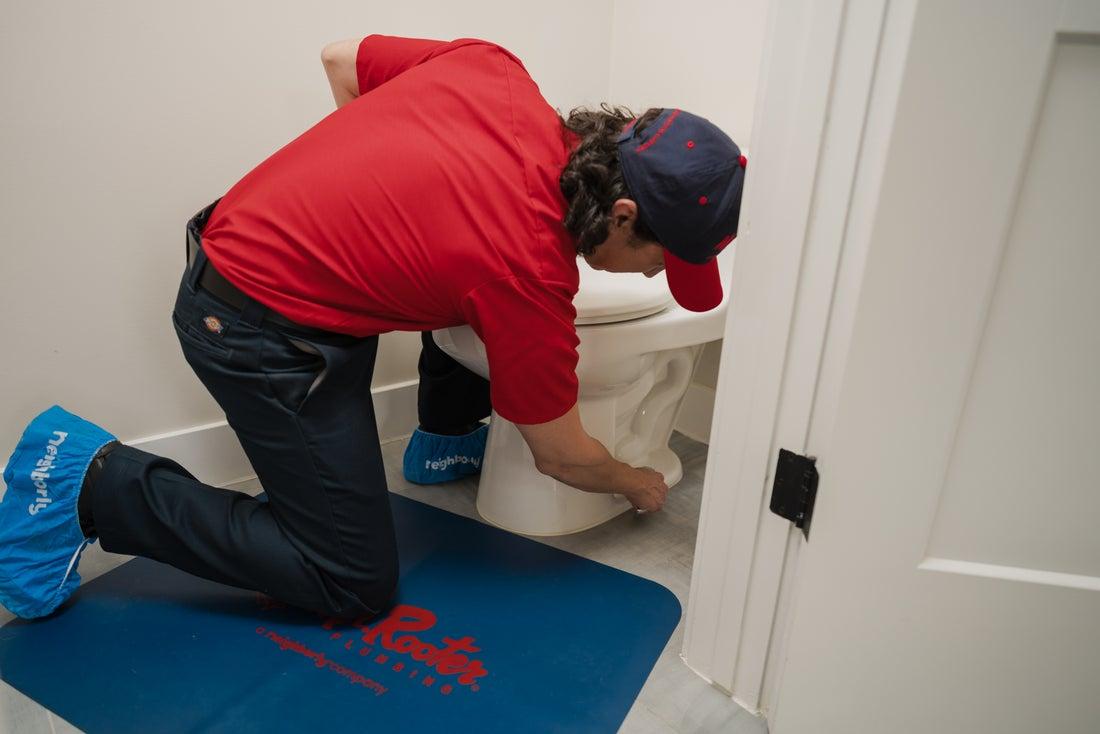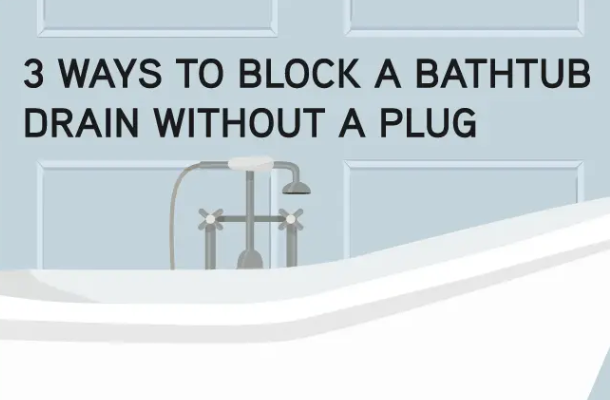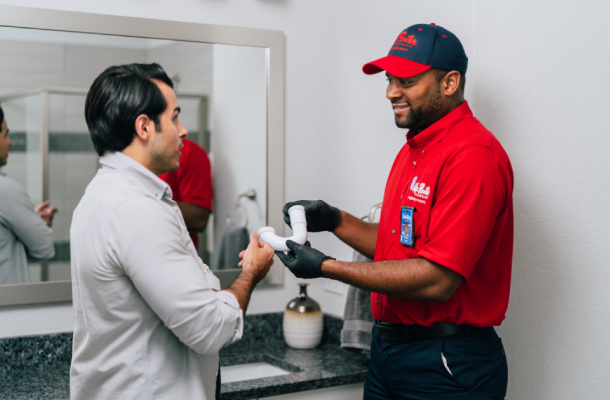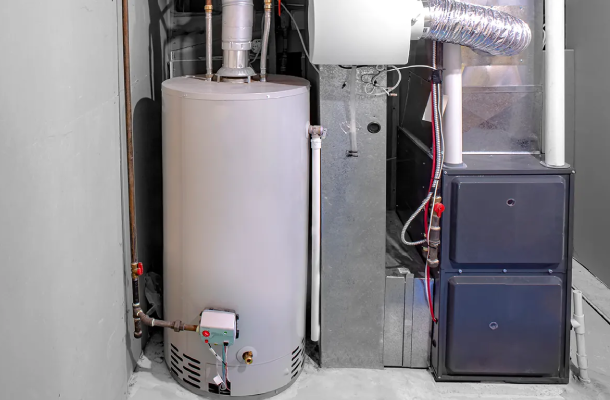Clogged bathroom drains are an unpleasant hassle for the whole family. Thankfully, most bathroom clogs can be resolved with a plunger or a metal coat hanger. But when the clog is deep inside the pipes, you will need expert help.
Mr. Rooter Plumbing® offers reliable and prompt bathroom drain cleaning services that restore functionality to your shower, bathtub, toilet, and sink drains. No matter how tough the clog is, you can rely on us to get the job done.

